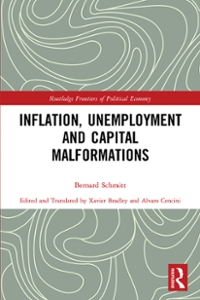Question
Microeconomics questions Your office is considering the issue of 3-year annual-premium endowment assurance policies without profits to lives aged 62. In respect of a policy
Microeconomics questions
Your office is considering the issue of 3-year annual-premium endowment assurance policies
without profits to lives aged 62. In respect of a policy with sum assured 10, 000, payable at
the end of the year of death (if within 3 years) or on maturity, calculate the net present value
of the profit signature on the following assumptions:
premium basis: mortality: A1967-70 ultimate
interest: 6% p.a.
expenses: 3% of all premiums.
reserve basis: net premium method using A1967-70 ultimate,
4% p.a. interest
rate of interest to
be earned in life fund: 8% p.a.
expenses: 3% of office premiums
mortality: A1967-70 ultimate
risk discount rate: 10% p.a.
A life office issues 3-year term assurance policy to a man aged exactly 59. The sum assured
is 15, 000, payable at the end of the year of death. Level premiums are payable annually in
advance. Expenses are expected to be as follows:
initial expenses: 10
renewal expenses: 2 incurred at the beginning of the 2nd and each subsequent policy year.
It is assumed that interest of 7% per annum will be earned on the life funds, and that mortality
follows the A1967-70 ultimate table. The risk discount rate used by the office is 15% per annum.
The office calculates the annual premium by requiring that the net present value of the expected
profit on each policy is equal to 20% of one office premium. Calculate the office premium on
each of the following reserving bases:
(i) The office holds zero reserves at each year-end.
(ii) The office sets up a reserve at each year-end (except the last) equal to 80% of one office

Step by Step Solution
There are 3 Steps involved in it
Step: 1

Get Instant Access to Expert-Tailored Solutions
See step-by-step solutions with expert insights and AI powered tools for academic success
Step: 2

Step: 3

Ace Your Homework with AI
Get the answers you need in no time with our AI-driven, step-by-step assistance
Get Started


